Occupation Film director Role Film director | Name Guy Hamilton Years active 1952—1989 | |
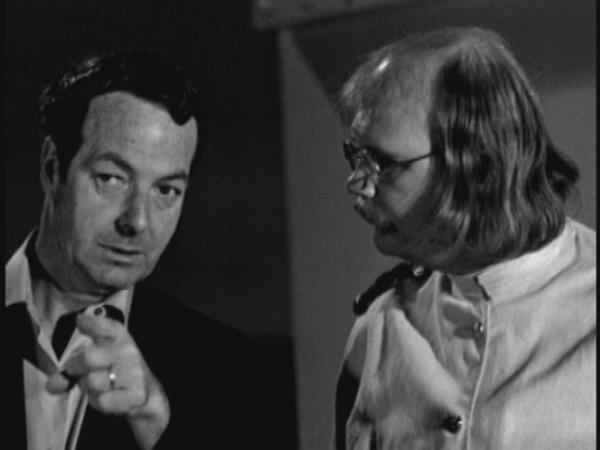 | ||
Born 16 September 1922 ( 1922-09-16 ) Paris, France Nominations BAFTA Award for Best Film Movies Goldfinger, Diamonds Are Forever, The Man with the Golden G, Live and Let Die, Battle of Britain Similar People Bernard Lee, Lois Maxwell, Harry Saltzman, Roger Moore, Gert Frobe | ||
Guy hamilton on the director s cut
Mervyn Ian Guy Hamilton, DSC (16 September 1922 – 20 April 2016) was an English film director. He directed 22 films from the 1950s to the 1980s, including four James Bond films.
Contents
- Guy hamilton on the director s cut
- Inauguraci Guy Hamilton una vida de cinema
- Early life and career
- 1950s
- 1960s
- 1970s
- 1980s and later
- Personal life
- Death
- James Bond
- References
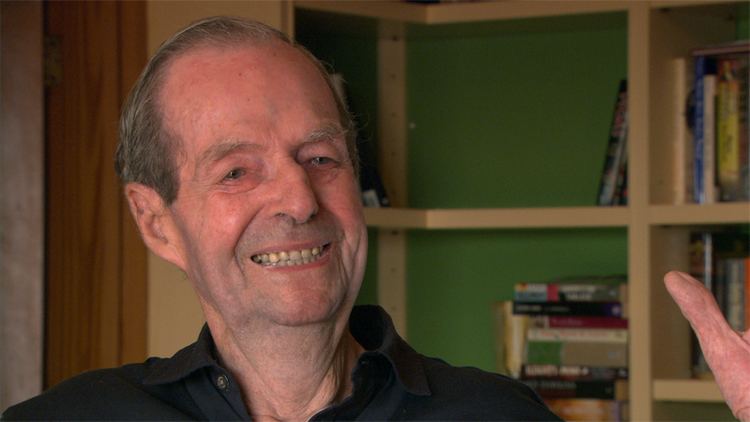
Inauguració "Guy Hamilton, una vida de cinema"
Early life and career
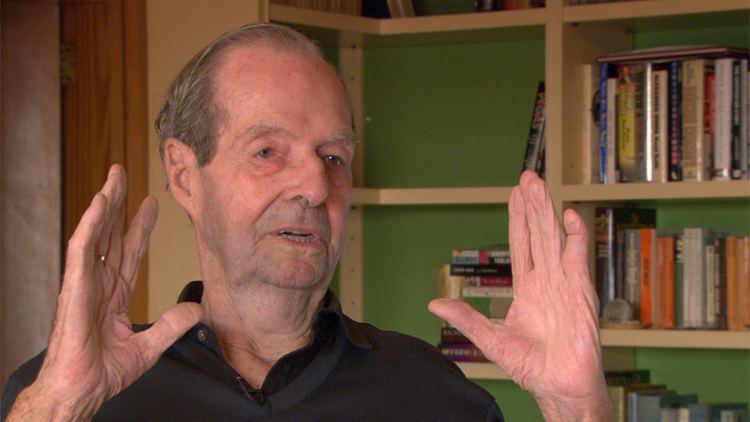
Hamilton was born in Paris on 16 September 1922, where his English parents were living, and attended school in England. His first exposure to the film industry came in 1938 when he was a clapperboard boy at the Victorine Studios in Nice. At the outbreak of the Second World War in 1939, Hamilton escaped from France by the MV Saltersgate, a collier bound for French North Africa with one of the other 500 refugees aboard being W. Somerset Maugham. Travelling from Oran to Gibraltar then arriving in London, he worked in the film library at Paramount News before being commissioned in the Royal Navy serving in the 15th Motor Gun Boat Flotilla, a unit that ferried agents into France and brought downed British pilots back to England. During this service he was left behind for a month in occupied Brittany; he was later awarded the Distinguished Service Cross.
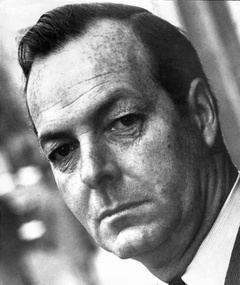
Shortly after the war, Hamilton returned to the film industry as an assistant director on three Carol Reed films: The Fallen Idol (1948); The Third Man (1949), in which Hamilton doubled for Orson Welles in a couple of shots; and Outcast of the Islands (1951). Hamilton held Reed in high esteem and it was Reed who was instrumental in getting Hamilton his first position as director, on the B-movie The Ringer (1952).
1950s
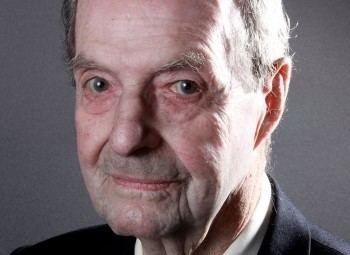
Hamilton spent the early part of the 1950s creating films focused on military stories such as The Intruder (1953, his second film as director) dealing with soldiers returning to civilian life, and the prisoner of war story The Colditz Story (1955), which was Hamilton's high grossing movie of the decade. He also served as an assistant director on the film The African Queen (1951).
Other films of the 1950s include An Inspector Calls (1954), with Alastair Sim, the musical comedy Charley Moon (1956) and Manuela (1957).
Hamilton had his first experience with larger budget films towards the end of the decade, when he replaced the sacked Alexander Mackendrick on the set of The Devil's Disciple (1959) featuring Kirk Douglas and Burt Lancaster.
1960s
Hamilton again found himself working with a war theme on the Dino De Laurentiis-produced Italian war comedy The Best of Enemies (1961). The film first showed Hamilton's skill at filming intricate set-piece action sequences.
He turned down an offer to direct Dr. No (1962), the first James Bond film. His next release, and somewhat outside his developing œuvre, was The Party's Over, which, though filmed in 1963, was not released until 1965. The film was heavily censored and, in protest, Hamilton asked for his name to be removed when the film was finally released.
Hamilton followed with his first James Bond film, Goldfinger (1964). He was able to successfully merge the series' mix of action adventure, sexual innuendo and black humour. In the late 1960s, Hamilton directed two further films for Bond producer Harry Saltzman: Funeral in Berlin (1966) with Michael Caine, and the war epic Battle of Britain (1969).
1970s
Hamilton returned to the Bond film franchise with the chase- and heavily gadget-dependent Diamonds Are Forever (1971), Live and Let Die (1973) and The Man with the Golden Gun (1974). Hamilton claimed in a much later interview that he had instructed Roger Moore not to mimic Sean Connery's rendition of James Bond.
Hamilton's only films in the latter part of the 1970s were the commercially unsuccessful Force 10 from Navarone (1978) and the poorly received adaptation of Agatha Christie's mystery The Mirror Crack'd (1980).
Hamilton was originally chosen to direct Superman: The Movie (1978), but, due to his status as a tax exile, he was allowed to be in England for only thirty days, where production had moved at the last minute to Pinewood Studios. The job of director was then passed to Richard Donner, but Hamilton insisted he be paid in full.
1980s and later
Another Christie adaptation followed in 1982 with Evil Under the Sun which was received more favourably than The Mirror Crack'd. Hamilton directed only two more films in the 1980s (Remo Williams: The Adventure Begins in 1985 and 1989's Try This One for Size) before retiring.
In the late 1980s, Guy Hamilton was also approached to direct Batman (1989), but declined. In a 2003 interview, he said that the contemporary Bond films relied too heavily on special effects and not as much on the spectacular and risky stunts of the Bond films of his era.
Personal life
Hamilton was married twice, first to Naomi Chance, and then to the actress Kerima.
Death
Hamilton died at the age of 93 on 20 April 2016 at his home in Majorca, Spain.
